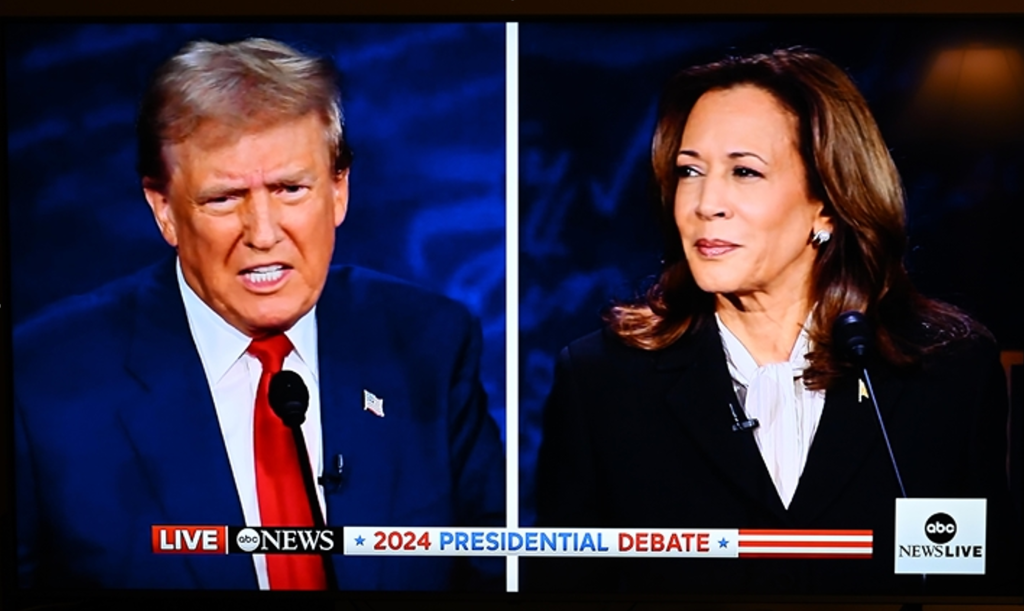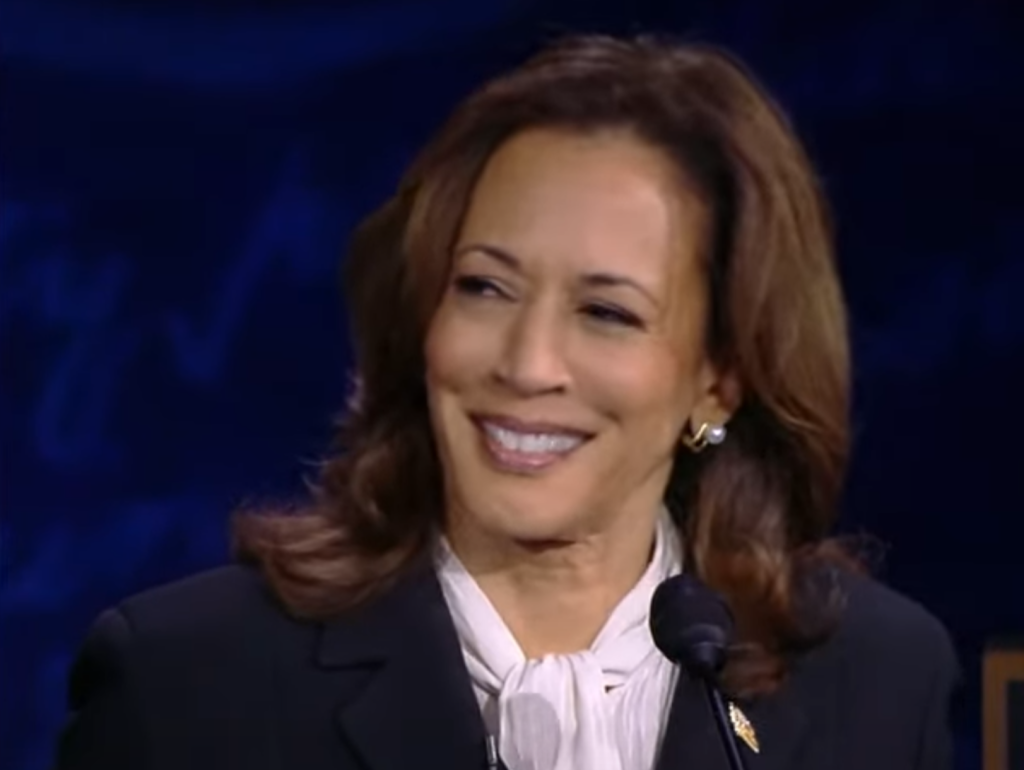In 2017 I wrote an article about 10 Lessons that Channel Managers could learn from Trump. Watching the Trump-Harris debate a few nights ago prompted me to think about that article, and see what we could learn from this debate.
Firstly, I should say that while I’m not a Trump supporter, and believe that Harris well and truly won that debate, I’m still just an observer looking in. The election will be determined by the American people, not by a debate or my opinion. But what we saw during that exchange between the two presidential candidates provides some very valuable lessons for Partner Account Managers (PAMs).

So here are my takeaways:
1. Prepare, prepare, prepare
One candidate had prepared their talking points, how they were going to deal with objections, understood the opposition’s weaknesses, practiced beforehand, and had prepared statements to respond to objections. The other candidate was easily distracted, failed to highlight the opposition’s weaknesses, and ended up in an argument about immigrants eating pets.
As a PAM, your job is to forge relationships, not win a debate. But the preparation is the same. Before any encounter with a partner, you need to have a solid understanding of who they are, what they do, what their strengths and weaknesses are, what your relationship with them is, why they are meeting with you, what they want to get as an outcome, and how you are going to approach the meeting.
2. Tailor your message around your partner’s needs
It was surprising how much of this debate was about foreign policy. But the election will most likely be decided by a handful of states like Michigan, Wisconsin, and Pennsylvania. And what do the majority of people in those states care more about? Inflation, immigration, and abortion. In my opinion, both candidates could have done so much more to hammer home their policies on what their voters wanted.
Similarly, I see PAM presentations to partners focusing too often on the end-user value proposition (eg. improving performance, or minimizing costs, or increasing reliability, etc). And while these things are important, what is more important is the value proposition for partners (eg. increasing profitability, increasing services attach, reducing operational costs, etc.) So make sure you understand the issues that are important to your partner – like their corporate objectives, their growth strategy, risk profile, profit goals, services strategy, etc – so you can tailor your presentation accordingly.
3. Use relevant case studies
In response to Harris’ assertion that world leaders are laughing at the former president, Trump used Viktor Orbán (Hungary’s right-wing prime minister, well known for his close relationship with Vladimir Putin) as his example of world leaders who respected him. It had the opposite effect he intended because it aligned him with a dictator. And what was the response to the moderator’s comment that there was no proof of immigrants eating pets? “The people on television said my dog was taken and used for food”! From a president! If you’re going to quote a source, at least make it a credible one.

Similarly, the case studies and sources you use when presenting to partners can either endear them to you or alienate them. For example, when presenting to an SMB partner, case studies of American Express, Walmart, and Exxon are not only irrelevant; they may in fact do the opposite, and create the impression that you’re not suitable for their needs. Listing stats that say the average loss from a breach is (for example) ten times the size of the average company revenue in (say) New Zealand) automatically loses you credibility with that audience. Make sure your presentations are relevant for your partner.
4. Engage your audience
The two styles on display were very different. Harris began by walking to Trump’s lectern and insisting on a handshake – a power move that Trump seemed unprepared for. During the debate, Harris looked at the camera and occasionally smiled, whereas Trump avoided eye contact and scowled. She would turn towards him when speaking, appearing to scold him at times, whereas he mostly looked straight ahead, not engaging directly with her. Harris’s approach was interpreted as more emotionally responsive, while Trump’s was less interactive and more evasive.
For PAMs, these are important lessons when presenting to partners. Far too much effort is focused on presenting information rather than engaging with the audience. On video conference calls, some PAMs still have their cameras off or look distracted while they’re presenting. I find it interesting that when I run a presentation skills workshop for partner managers, they will tell me that body language has more impact than the words spoken. But their behaviour is often the opposite. As an industry, we tend to focus on the words and the data. So, if you want partners to work with you and sell your product, make sure you engage them, not just bombard them with information.
5. Make sure you have a strong finish
While the press (and the late-night talk show hosts in particular) have been savagely brutal on Trump’s performance, I think they neglected one key strength in his approach, namely, delivering a strong clear message in his closing statements. His final words “She’s been there for 3 1/2 years. Why hasn’t she done it?” was a powerful statement to finish what would otherwise have been a dismal performance.

Similarly, for partner account managers, finishing a presentation or a partner meeting without having a memorable message and a call to action is a missed opportunity. Make sure you leave a lasting impression and a clear next step at the end of every partner meeting or partner presentation.
6. Don’t underestimate the influencers
Shortly after the close of the presidential debate, Taylor Swift took to Instagram to post a message in support of Harris. It had an immediate impact, driving more than 400,000 visitors to register on a US election website within 24 hours. Whether or not it had an impact on the outcome will be determined in November. But Tay Tay has 284 million Instagram followers (admittedly, a large proportion reside outside the US) and that’s an audience few campaign strategists could ever dream of reaching.
Today, the channel is more complex than it ever was. Unlike the traditional “vendor – distributor – reseller – end-user” channel of 20 years ago, today there are agents, marketplaces, alliances, brokers, referral partners, and consultants. When dealing with your partners, it pays to find out who their partners are, and what sources they use to make decisions. Then, find a way to build relationships with the key ones. You never know where your next endorsement might come from.
Summary
Partners are exactly that …partners. Not adversaries. That means you won’t ever need to debate them. But you do need to influence them. And your ability to present a relevant, compelling partner value proposition is the difference between getting them to want to work with you, or having them remember you as the person who ranted about pets being eaten.
BTW, did you watch the debate? Were there any takeaways you took from it? Ping me on mmoses@channeldynamics.com.au if you spotted any other valuable lessons.


